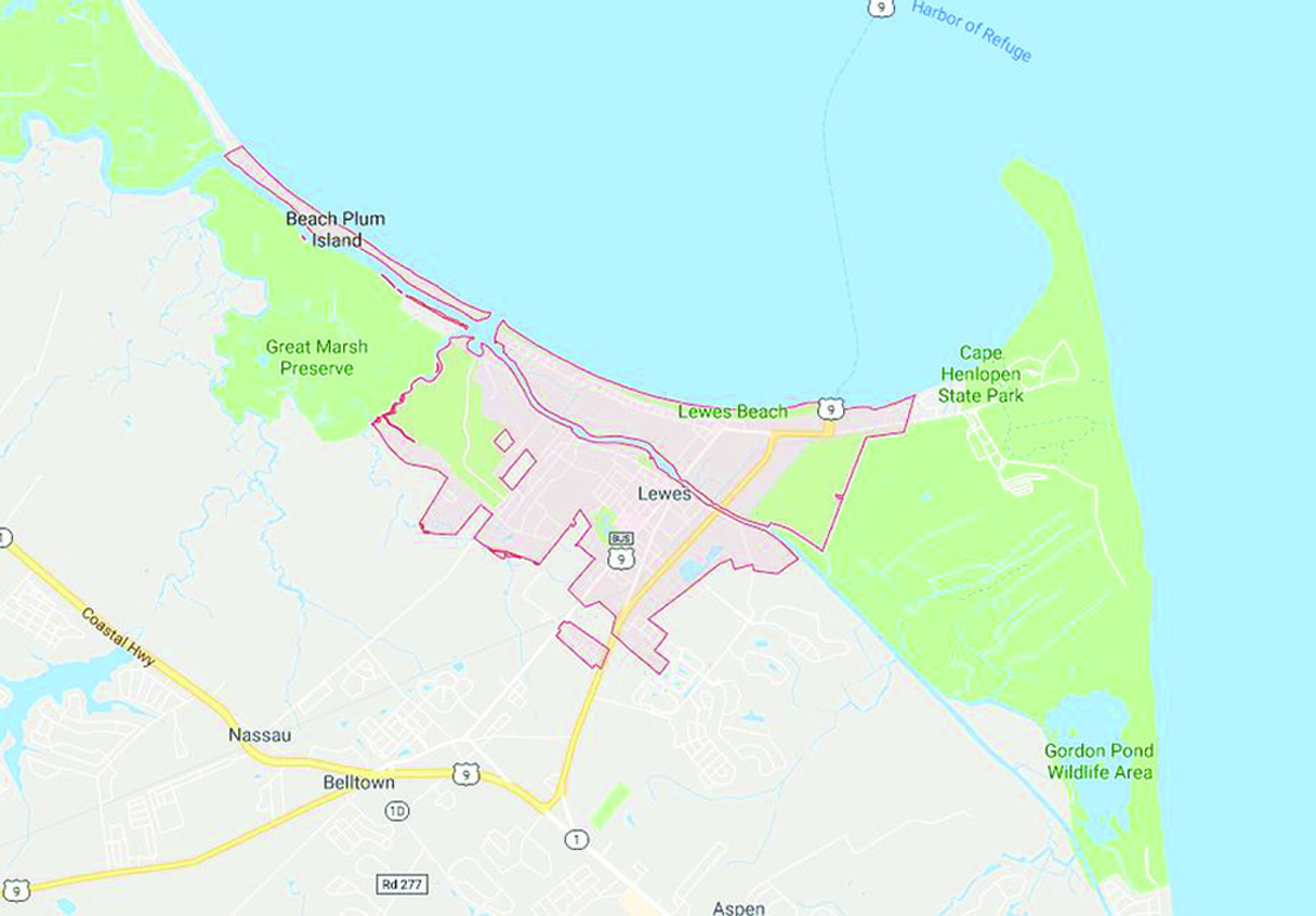Lewes, DE, was founded as a fishing town with plans for the beginning of a whaling port. Before the settlers could get the whale business going, someone insulted the locals, and they proceeded to kill the newcomers and burn the fort.

Unfortunately for the locals, more settlers arrived, and they managed to push the Native Americans out and keep the town up and running. The whale business didn’t get going in local waters, but fishing remained one of the more common employment choices along with pilots who guided merchant ships through the many sand bars at the mouth of Delaware Bay. At one point when Mr. Smith owned a large menhaden rendering plant on the outskirts of town, Lewes was the number one port for landing fish in the United States.
Today commercial fishing produces only a small portion of the fish landed in Lewes, as recreational fishing is a more productive industry. When we had large schools of big weakfish in the Delaware Bay, the town held lots of charter and head boats. There were lots of private boats as well, all jockeying for a place in line at the boat ramp. Since the trout left, the crowds have thinned out, but fishing can still be productive. In the spring there are flounder in the Lewes and Rehoboth Canal and the Broadkill River, and both are about as sheltered a waterway as you will find. A new boat ramp at the end of Pilottown Road is directly on the Broadkill River about one quarter mile from Roosevelt Inlet and the Lewes and Rehoboth Canal.
The best time to fish for flounder in early spring is during an afternoon outgoing current. This time frame allows the sun to warm the water during the flood tide, and this warmer water will put the flounder in a feeding mood. The best locations will be along sharp edges and at the outflow of tidal creeks that feed the river and canal. As spring turns to summer, the fishing will be better on the incoming current, as cooler water from the bay moves into the river and canal.
Without a doubt, live minnows and squid strips are the most popular baits. Some fish them together on one hook, while others will place the minnow on the bottom hook with a squid strip on the top of a two hook bottom rig. Decorations of bucktail hair, Mylar, spinners, and some materials that I can’t identify will be added to the rig. Since the water seldom reaches more than 10 feet, I like to use as big a minnow as I can find on a single hook fished without any weight. A bucktail with a strip of squid or Gulp! is another productive lure.
There are two rock jetties outside of Roosevelt Inlet. The Outer Wall is the longer of the two with the ocean on one side and the bay on the other. The Inner Wall is shorter and has the bay on both sides. The walls are noted for their tog fishing and over the past few years, the sheepshead action. I have also had some success working Rebel WindCheaters along the edge of the rocks at both locations. To date I have caught rockfish and blues with this technique. Commonly referred to as the Haystacks, these are a series of rockpiles that were installed to breakup ice flows coming down the bay. They are found running from the north end of the Outer Wall. A good number of sheepshead were caught there last year. Sand fleas and green crabs are the prime baits for sheepshead and tog.
No discussion of fishing in Lewes would be complete without the mention of the Cape Henlopen Fishing Pier. This structure is found on Cape Henlopen State Park and is free once you pay the park entrance fee: $5 for residents and $10 per non-resident. This fee is for your car or truck and everyone inside. For the past two years there has been a run of big blues to over 15 pounds at the pier. Most have been caught on cut bunker with a few taken on metal or surface lures. The run can start as early as April and run to June. Accommodations are easy to find near Lewes.
There are some hotels and motels right in town with plenty more out on Delaware Route 1. The same is true for places to eat. Everything from McDonalds to fine dining is available.
By Eric Burnley